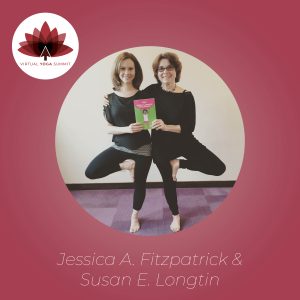
Autism spectrum disorder (ASD) refers to a broad category of neurodevelopmental disabilities defined by two core characteristics, namely 1) impairments in social communication and social interaction and 2) the presence of restricted, repetitive patterns of behaviors, interests, and activities (American Psychiatric Association 2013). Deficits in both of these areas must be present in order for an individual to be diagnosed with ASD. ASD affects the abilities to initiate and maintain interactions, establish appropriate eye contact, and take turns with others. Although the onset of the condition must occur in the early developmental period, usually before three years, symptoms might not manifest until somewhat later when the demands of social communication exceed the child’s capacities and often persist across the lifespan. ASD has increased in prevalence over the past two decades, perhaps due to a widening of the spectrum to include milder cases, increased awareness of the early signs of the disability, a combination of the two, or some other factor. About 1 in 59 children has been identified with ASD according to the most recent estimate from the Centers for Disease Control and Prevention.
The introduction of yoga to children with ASD can build strength, balance, and flexibility. The practice of yoga for these children also presents numerous other physical, cognitive, and emotional benefits. Yoga provides a relaxed, playful environment that stimulates communication and socialization. Since children with ASD exhibit difficulty with social-relatedness, partner yoga, in particular, can promote eye contact, joint attention, and reciprocity among peers. In addition, children with ASD tend to engage in more solitary, concrete play of a repetitive nature rather than cooperative, symbolic play. Continue reading